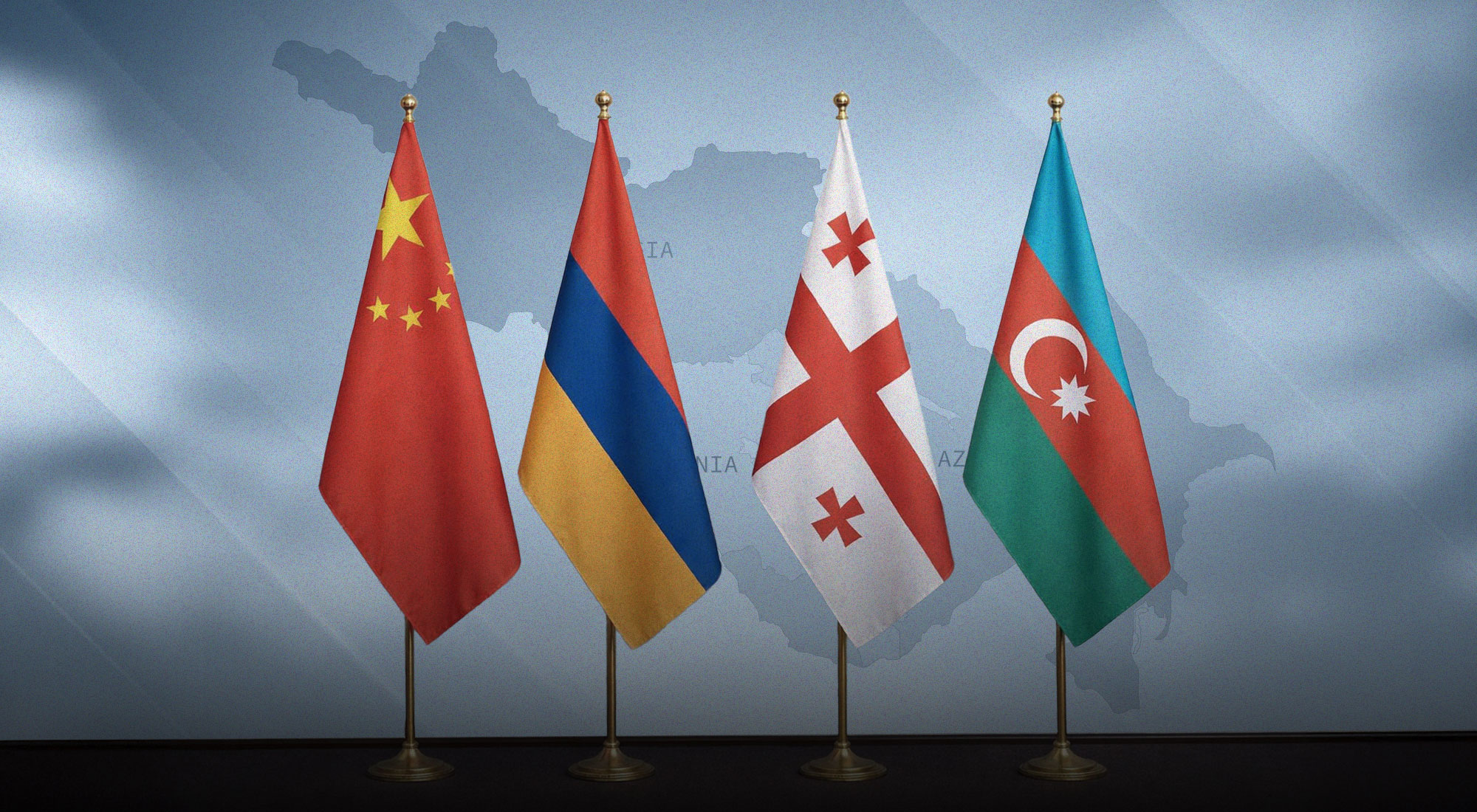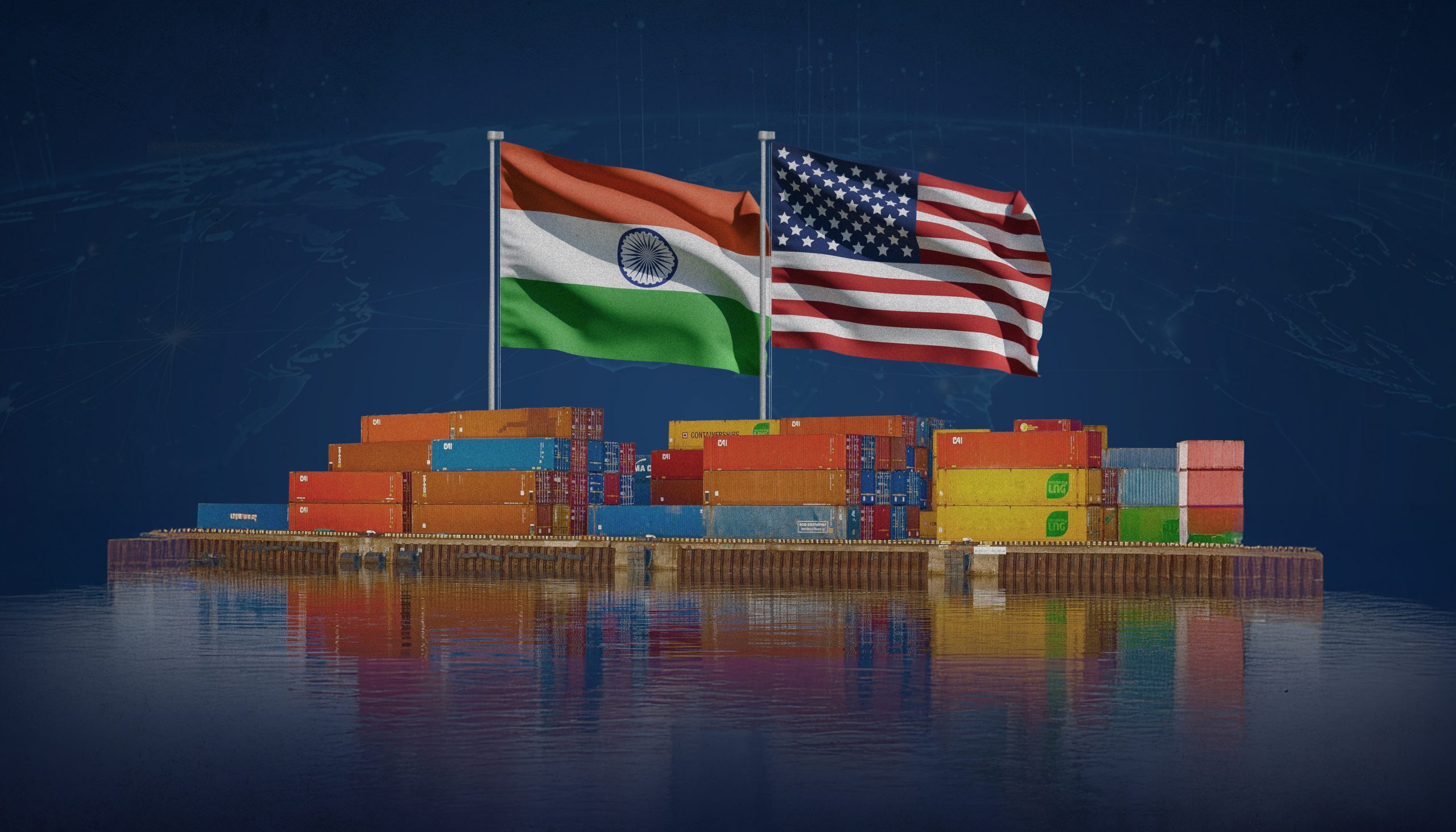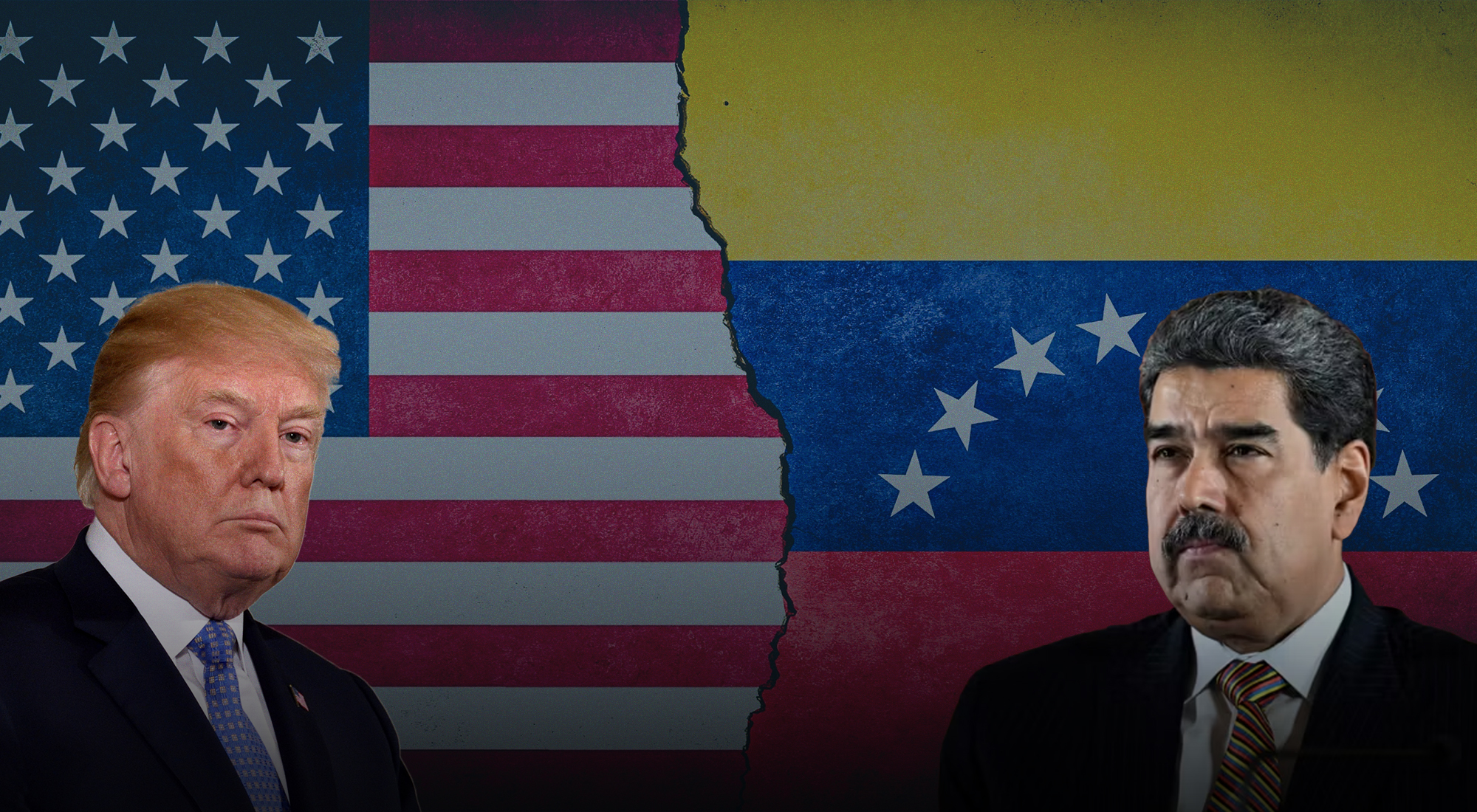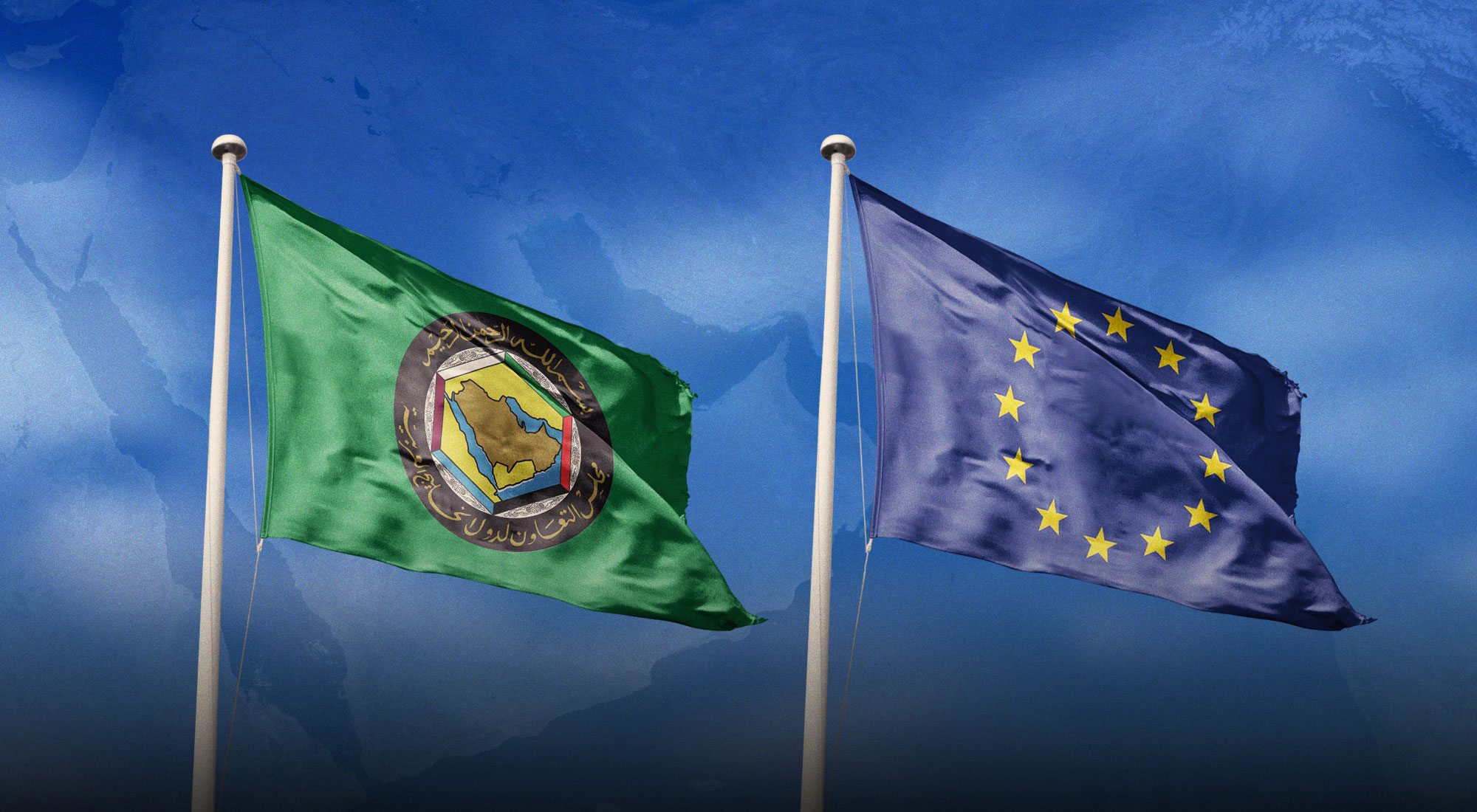Eurasia is a paradox. Although it contains a myriad of landlocked borderlands, the region is becoming a hub for international transactions. Seemingly trapped by its geographic location, it is becoming central to the world’s connectivity projects, with China’s New Silk Road (the Belt and Road Initiative) and Russia’s project of Greater Eurasia being the dominant ones.
Classical geopolitics has considered Eurasia the “pivot of history” and its Heartland [Central Asia] the key region to controlling the world. Whether for the sake of control or improvisation, Eurasian borderlands represent key regions that can shed more light on today’s international (dis)order. However, despite the fact that the Eurasian borderlands still represent theatres of political collision, an important shift has taken place. Specifically, the “Great Game” in the Eurasian Heartland is no longer only about the great powers, but also about local elites, grassroots social movements and transnational processes. As Alexander Cooley has shown by using the case of Central Asia, local elites have become powerful forces themselves, capable of diverting the direction of geostrategic games in the region.
While the collapse of the Soviet Union signified a victory for the so-called Western bloc, the key issues of European security, world order and global affairs were not resolved. As democracy and liberalisation have been marching across the world and expanding their scope, the newly independent states and societies remained pandora’s boxes of international politics. Labelled generally as the “Russian world” or the “Russian sphere of influence”, the Eurasian core—with its new interests, forces and resources—has not been closely examined. The Russo-Georgian war of 2008 and the crisis in Ukraine signified deep crises of global affairs within and without Eurasia, as well as the lack of understanding of the post-1989 political terrain.
The recent book Eurasia on the Edge: Managing Complexity, the result of joint collaboration between TRENDS Research & Advisory, the Centre for Public Governance and Management of Carleton University, and the Valdai Discussion Club has addressed Eurasia as a common neighbourhood for Europe, Russia, China, the United States and other global players. The research identified multi-layered security constructs in and around Eurasia. Being a hub for a number of global connectivity projects, the region represents an area where political changes can take place or change direction. For instance, Central Asia, like the Middle East, contains overlapping and often mutually exclusive interests which are crucial for peace and stability in the world.
The game in Eurasia is now about multi-layered governance, where states, international banks, private investors, local elites (both formal and informal) and transnational power networks can influence politics to an almost similar degree. This situation suggests that one needs to think not only in terms of traditional and non-traditional threats when it comes to Central Asia, North and South Caucasus, Xinxiang, Afghanistan, and Crimea, among others, but also in terms of the changing architecture of governance, sources of power, and security threats.
The architecture of governance in Eurasia today is formed as much by states as it is by regionalization and global connectivity projects. In other words, if the classical Great Game paradigm was about the exertion of influence by the great powers on their weaker counterparts, today’s Great Game is about networks of bilateral and multilateral agreements which influence governance in Eurasia just as much as national states do. For example, Russia’s project of “great Eurasian partnership”, known as the “Greater Eurasia” has aimed to establish a space of concordance, which includes both classical regionalization projects (such as Eurasian Economic Union (EEU) and Shanghai Cooperation Organization (SCO)) and a web of bilateral and multilateral trade agreements between the Eurasian Economic Union, China, India, Pakistan, Iran, Turkey, Egypt, ASEAN and CIS members.
The Belt and Road Initiative (BRI), led by China, is another dominating connectivity project across Eurasia, which in practice represents a web of trade, logistics, construction, investment and development initiatives and agreements. The BRI both offers new deals and supports projects, which had been launched by the Asian Development Bank or the World Bank, such as Central Asian Regional Economic Cooperation (CAREC) or Central Asian South Asia water-sharing project (CASA-1000), among others. As a result of this project, a few free trade zones, dry ports, railroads, and railways have been constructed. Furthermore, the Asian Investment Initiatives Bank (AIIB) or China’s Silk Road Fund are becoming new elements in the Eurasian financial domain.
While these two projects have often been portrayed as competing with one another, in practice they are mutually constitutive, not least due to the fact that the BRI does not aim to build any political institutions to coordinate its trade and development initiatives. However, as China has already encountered political and security obstacles to the BRI, it often needs to rely on the existing governance architecture in Eurasia or on the assistance from other powerful states in the region. For example, in this regard, China and Russia signed an additional cooperation agreement in May 2015 seeking to align China’s Belt and Road Initiative and Russia’s Eurasian Economic Union.
Being a shared neighbourhood for several powers, including the European Union, Eurasia shows also where Europe’s limits are. The promised Association Agreement between Ukraine and the European Union in 2014 was perceived by Russia as an EU and NATO expansion towards the Eurasian core, and this indirectly fuelled the ongoing crisis in Ukraine. Thus, while Europe had been accustomed to being at the centre of the international system during the Cold War, today’s shifts in Eurasia challenge Europe’s vision of global order, political space and ontological security by setting limits to Europe’s eastwards enlargement. In other words, it is important to understand political spaces and their edges, in order to know where to start and finish one’s own polity. Otherwise, the risk is that one may indirectly fuel a situation similar to that of today’s Ukraine.
Finally, while it is common to quote the diminishing influence of NATO and the United States on governance architecture in Eurasia, these actors still have a deeply-rooted presence in the region. They took the opportunity to enter private networks and transactions in the region in the rights time, just after the dissolution of the Soviet Union. For example, many businesses such as oil, banking, and finance industries are largely operating as a result of U.S. investments, which is why the implementation of the new connectivity projects may face hindrances in some parts of the regional economy. NATO, in its turn, has launched a number of programs related to security and military reforms, which have started shaping national security architectures, both in terms of organisation and in terms of security doctrine. Examples of this process include, but are not limited to Ukraine, Georgia, Kyrgyzstan, and Moldova.
The complexity of security and governance architecture shows that the nature of power in Eurasia has also been changing. As Naim Moses put it: power as-we-know-it has ended[i] and we need to reconsider the power as control, in order to better understand how to operate under the conditions of change and uncertainty.[ii] Today both masses and individuals can challenge political authority around the globe. One does not need immense military, economic and political resources to challenge the existing order and status quo. However, one needs to capture the momentum and understand the changing sources of power. Regardless of the Great Game and the multitude of powerful actors involved in the Eurasian space, there is no clear hegemon in the region. Quite the contrary, the polity provides various gaps and niches within the system, which are open to new actors, investors, and forces. The infamous multi-vector foreign policies of most of the Eurasian states only serve to prove that the system is open to multiple actors.
At the grassroots, Eurasian societies have developed a number of transnational social movements (which are often radical and religious), as well as establishing a chain of non-standard cross-border trade, not reflected in official national and international statistics. For instance, the Eurasian borderlands have a myriad of disputed borders, and exclaves, that on one hand may isolate societies and create conditions for offshoring their ideological allegiances on the other. These processes partly explain why conditions for terrorism and extremism in Eurasian borderlands are still present. Finally, resource management, especially when it comes to non-tangible assets, such as water, provide conditions for the development of an informal political economy and informal elites, thereby creating new sources of power that may challenge the structures of traditional political authority.
In this light, it becomes easier to trace both traditional and non-traditional security threats, along the economic, social, political, and military dimensions. Due to the vast number of disputed territories around Afghanistan, the Fergana Valley, Nagorno-Karabakh, Crimea, among others, Eurasia remains a multi-layered security complex with various security constructs that combine a few states at the same time. The complexity of these constructs lies in the fact that they have often overlapped or become mutually exclusive.
Eurasia on the Edge has offered a 3D model of security threats in the region, which can help practitioners and students of Eurasia identify the what, why, and how of Eurasian security at large. The model includes challenges at the internal/domestic/community-level, regional level, and Eurasian/global security challenges at the institutional and processual levels (for instance the European Union and NATO).[iii]
Specifically:
1) Soft and hard domestic security challenges include poverty and inequality, domestic (in)stability, changing institutional landscapes and economic risks, the (mis)management of water and land, terrorism and religious radicalization, border safety and security, energy supply, and environmental risks.
2) Regional security challenges comprise weakness of regional institutions, lack of meaningful commitment to international organisations and norms, the tension between national interests and those of integration processes, the mismatch between budget priorities and regional security needs; the asymmetry of power relations and growing regional dependencies, such as debts problems to China and Russia, as well as resulting anti-hegemonic sentiments; regional economic threats, such as asymmetric trade and investment.
3) Eurasian/Global Security Challenges through regional/global spill over of local conflicts or inability to contain localized conflict; growth of transnational terrorist organisations and lack of effective mechanisms for regional anti-terrorist cooperation; clash of Eurasian and global powers in areas such as economic cooperation, protectionism or military conflict over zones of influence; ecological and biological catastrophe/pandemic or inability to contain the spread of the disease/lack of cooperation with global powers.
In conclusion, Eurasia on the Edge provides three sets of scenarios for policy-makers:
- An optimistic scenario, which focuses on the developments and processes, such as Eurasian integration and the Belt and Road Initiative’s growth and modernisation benefits for the region and beyond.
- A pessimistic scenario, which shows under which conditions trade and cooperation among the countries of the Eurasian core would decline, as well as conditions under which the threats of terrorism and radicalization would increase.
- A realistic scenario that shows under the conditions of harmonisation of the regional and integration projects bypassing the Eurasian core across various dimensions of cooperation will help stabilize both the regional societies and the global affairs among powerful actors, such as the United States, the European Union, Japan, South-East Asian powers, China and Russia.
Eurasia is a crossroads, where political winds meet. The influence on the direction of social change often originates at the crossroads. The political shifts that take place in Eurasia today illustrate how world peripheries can turn into world’s political centres and how social, economic, ideological, and political nuance in the Eurasian game can have a global impact. The what, why, and how of today’s Eurasian politics show that patterns of the Cold War are still partly present in the Eurasian Continent, but take hybrid forms and are fueled by different sources of power. There is no easy resolution to the Eurasian problem, as its governance architecture is complex and embraces principles of both bilateral and multilateral diplomacy. State actors have to learn to work on a par with non-state actors and the balance of power has to be distributed across multi-level actorship, which often lacks a structure as such. Eurasia indeed challenges a power as control, yet provides intriguing insights into power as improvisation.
Endnotes
[i] Naim Moses, The End of Power: From Boardrooms to Battlefields and Churches to States, Why being in Charge Isn’t What It Used To Be (New York: Basic Books, 2013).
[ii] Peter Katzenstein and Lucia A. Seybert, Protean Power: Exploring the Uncertain and Unexpected in World Politics (Washington DC.: Cornell University Press, 2018).
[iii] Piotr Dutkiewicz and Richard Sakwa, Eurasia on the Edge: Managing Complexity (New York: Lexington Books, 2018, p. 275).








